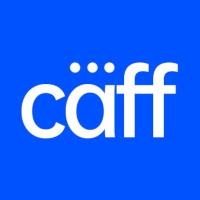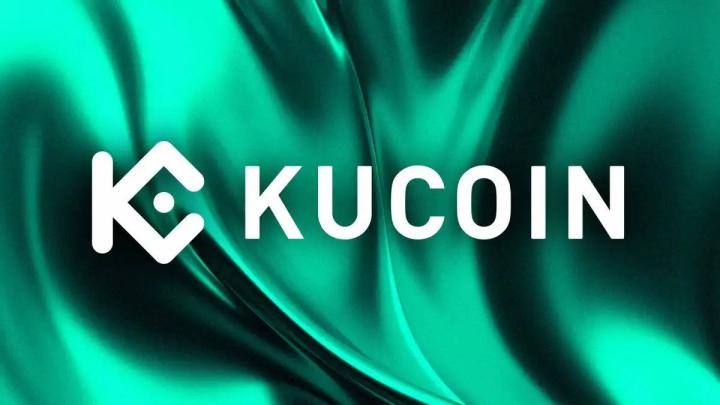USAT is expected to be officially launched before the end of 2025 and will initially be open to U.S. residents, businesses and institutional users.
Author: 1912212.eth, Foresight News
On September 12, Tether announced the launch of its new stablecoin, USAT, a fully compliant, dollar-backed stablecoin designed specifically for the U.S. market. It also announced the appointment of Bo Hines as the future CEO of Tether USAT.
In the cryptocurrency sector, Tether's USDT has a market capitalization exceeding $170 billion and is widely used in transactions, cross-border payments, and DeFi applications. Tether's full-year profit for 2024 is projected to exceed $13 billion, with total profits of approximately $5.7 billion for the first half of 2025. Q2 alone saw a record net profit of $4.9 billion, primarily driven by U.S. Treasury yields and reserve appreciation.
According to defiLlama data, as of September 14, the total market value of stablecoins was approximately US$289.234 billion, of which USDT accounted for 58.96%, dominating the market.

However, with the increasingly stringent regulatory environment in the United States, Tether faces compliance pressure. Tether's launch of the new stablecoin USAT is seen as a strategic move to enter the domestic US market.
Tether's decision wasn't a sudden decision, but rather a response to global regulatory trends. Since 2022, agencies like the U.S. Securities and Exchange Commission (SEC) and the Commodity Futures Trading Commission (CFTC) have stepped up their oversight of stablecoins. As a non-U.S.-issued product, USDT has been embroiled in numerous controversies, including over issues of reserve transparency and anti-money laundering compliance. Tether, headquartered in the British Virgin Islands, and while its stablecoin circulates globally, its use in the United States is restricted, with some exchanges and institutions reluctant to directly support non-compliant assets. The launch of USAT aims to fill this gap, providing a stablecoin option that complies with U.S. legal frameworks. USAT will be pegged 1:1 to the U.S. dollar and backed by Tether's reserves, which include highly liquid assets such as cash and U.S. Treasury bonds.
The core attraction of USAT lies in its US compliance. According to Tether's official announcement, the stablecoin will be issued and managed by a newly established US subsidiary and is expected to launch before the end of 2025, initially targeting US residents, businesses, and institutions. Unlike USDT, USAT will strictly adhere to the Bank Secrecy Act (BSA) and Anti-Money Laundering (AML) regulations, and support Know Your Customer (KYC) verification.
In addition, the USAT official website issued an important reminder that USAT is not legal tender and is not issued, backed, approved, or guaranteed by the U.S. government. USAT is not insured by the Federal Deposit Insurance Corporation (FDIC), the Securities Investor Protection Corporation (SIPC), or any other government agency.
It is worth mentioning that Tether appointed Bo Hines as CEO of the new business. Bo Hines is a veteran in politics and business who served as an advisor to former President Donald Trump and ran for a congressional seat in North Carolina in 2022. He is known for his conservative stance, especially his positive attitude towards cryptocurrency regulation and innovation policies.

Hines' joining is seen as a sign that Tether is seeking influence in U.S. political circles. Hines revealed that the company's new U.S. headquarters will be located in Charlotte, North Carolina.
From a market perspective, the launch of USAT could reshape the US stablecoin landscape. USDT currently dominates global trading volume, but in the US, Circle's USDC has taken a lead thanks to its regulatory compliance advantages. USDC has a market capitalization of approximately $73.1 billion and primarily serves US institutions, such as Visa and Mastercard, which have integrated it into their payment systems.
The emergence of USAT will directly challenge USDC's dominance, particularly in enterprise applications. Tether claims that USAT will support lower transaction fees and higher liquidity, making it suitable for supply chain finance, real estate transactions, and cross-border remittances. For example, a US exporter could use USAT to instantly settle overseas orders, avoiding the high fees and delays of traditional banks. This is particularly attractive given the current global economic uncertainty.
Disclaimer: As a blockchain information platform, the articles published on this site solely reflect the personal views of the authors and guests and do not represent the position of Web3Caff. The information within these articles is for reference only and does not constitute any investment advice or offer. Please comply with the relevant laws and regulations of your country or region.
Welcome to join the Web3Caff official community : X (Twitter) account | Web3Caff Research X (Twitter) account | WeChat reader group | WeChat public account







